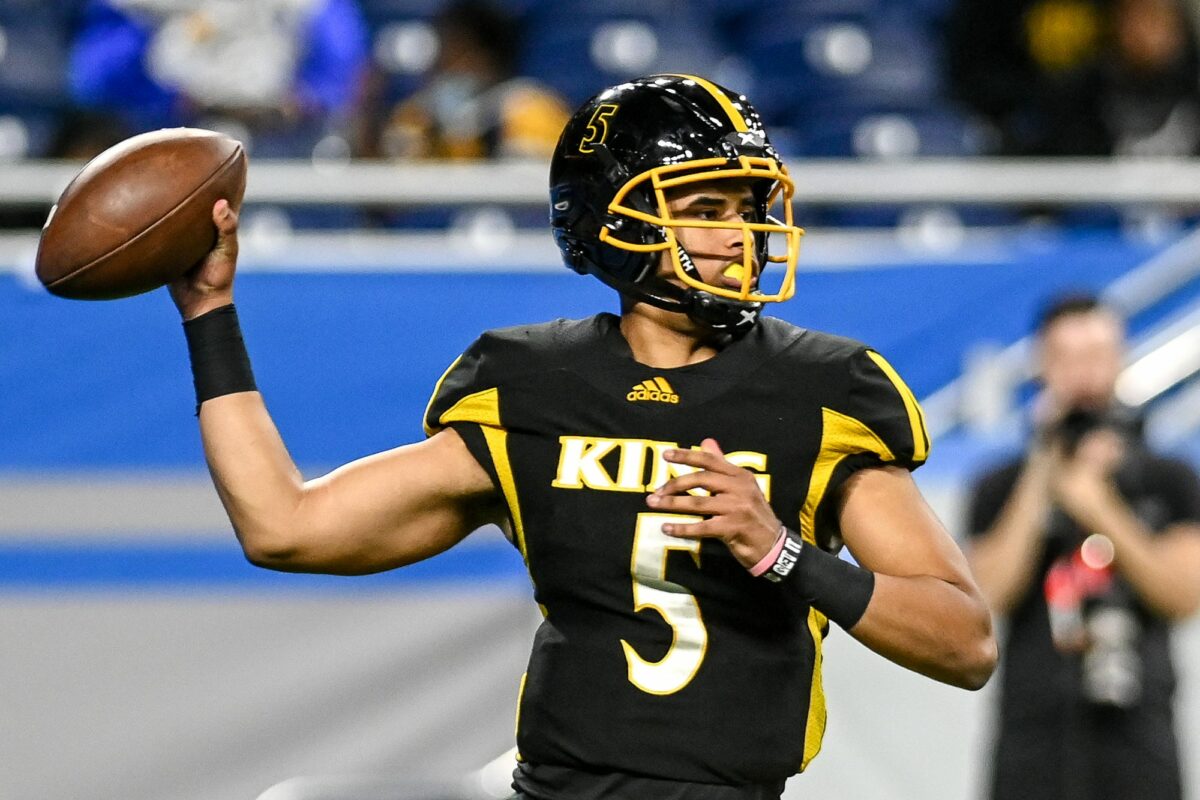In the new landscape of college football that came to bear once the rules on name, image and likeness were changed, an athlete is no longer looked at simply on the basis of what production he can bring on the field.
That athlete also has a chance to produce off of the field as well.
In the world of NIL, college athletes are allowed to get paid to promote themselves and products. Through collectives that have popped up around the nation, sponsors are pouring money into the college ranks and creating relationships with athletes. In turn, young players are starting to create brands and finding new ways to market themselves.
But who is worth what, and how much has that question had an impact on the college football recruiting world?
The answer to the latter half of that question is simple — a lot.
To answer the first part, though, we wanted to use the On3 NIL valuation tool. Based on an algorithm, On3 uses categories of performance, influence and exposure to try to create a dollar figure for incoming and existing college athletes, giving them a sense of how much money they can make through NIL deals. It isn’t a tracker of NIL deals that a player has already signed, but rather an estimate for how much they might be worth.
Some of the numbers seem lower than you might think, especially if you consider a few of the massive NIL deals that have reportedly been signed over the past year, some of which are upward of $7 million or more.
For Oregon Duck fans, where does five-star quarterback commit Dante Moore stand, and how much money does he stand to gain during his time in Eugene? The On3 valuation rankings give us a good sense:
